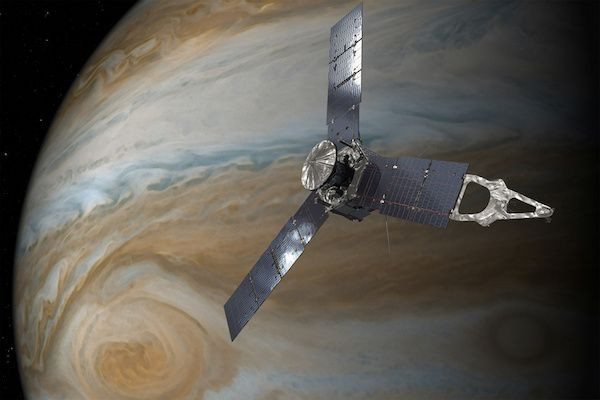Extraterrestrial Life: AI Technology Predicts Probability Of Life On Other Planets

For years scientists have been searching for signs of extraterrestrial life on other planets. Earlier this week a new technology was presented at the European Week of Astronomy and Space Science (EWASS) in Liverpool, and it is one that could help solve the mystery of the outer space. It’s an artificial intelligence technology that is designed to predict the probability of life on other planets.
A team based at the Centre for Robotics and Neural Systems at Plymouth University presented on April 4 their study that involves using artificial neural networks (ANNs) to classify planets into categories based on how they could possibly sustain life.
ANNs are systems that replicate how the human brain learns. They are commonly used in machine learning. They are also known for being good determiners of patterns that are too complex for the human brain to process, according to an EWASS press release.
The different categories used in the study are present-day Earth, the early Earth, Mars, Venus or Saturn’s moon Titan. The reason why the team’s network uses these five as categories is because they are rocky bodies with atmospheres that are potentially habitable in our solar system.
Because life is known to only exist on Earth at present, the network uses a “probability of life” metric based on the atmospheric and orbital properties of the five bodies. This is how the AI system estimates the probability of life on other planets.
“We’re currently interested in these ANNs for prioritizing exploration for a hypothetical, intelligent interstellar spacecraft scanning an exoplanet system at range,” study presenter Christopher Bishop said.
“We're also looking at the use of large area, deployable, planar Fresnel antennas to get data back to Earth from an interstellar probe at large distances. This would be needed if the technology is used in robotic spacecraft in the future,” he added.
The team trained their artificial neural network with more than one hundred spectral profiles, each having seven hundred parameters that are said to contribute to habitability. The team indicated that so far, their network performs well when it is given a test spectral profile that it hasn’t encountered before.
“Given the results so far, this method may prove to be extremely useful for categorising different types of exoplanets using results from ground–based and near Earth observatories,” project supervisor Dr. Angelo Cangelosi said.
The team is hoping for ANNs to be used in future space missions. Scientists could select an exoplanet to observe based on the category the network assigned it to, thereby reducing the resources needed in identifying other potentially habitable planets.
© Copyright IBTimes 2024. All rights reserved.




















